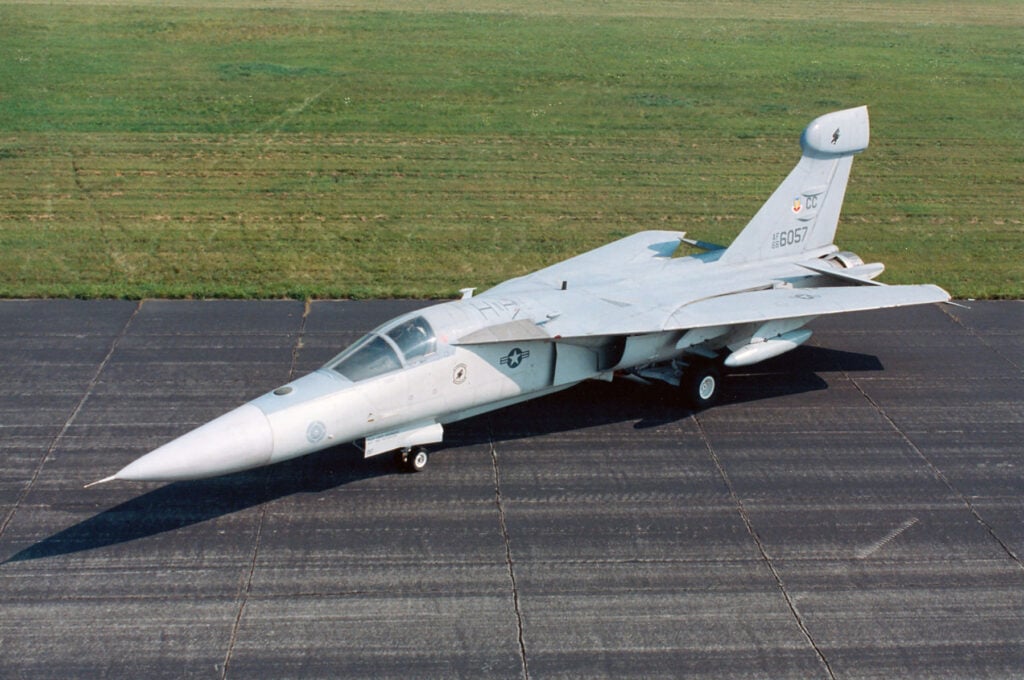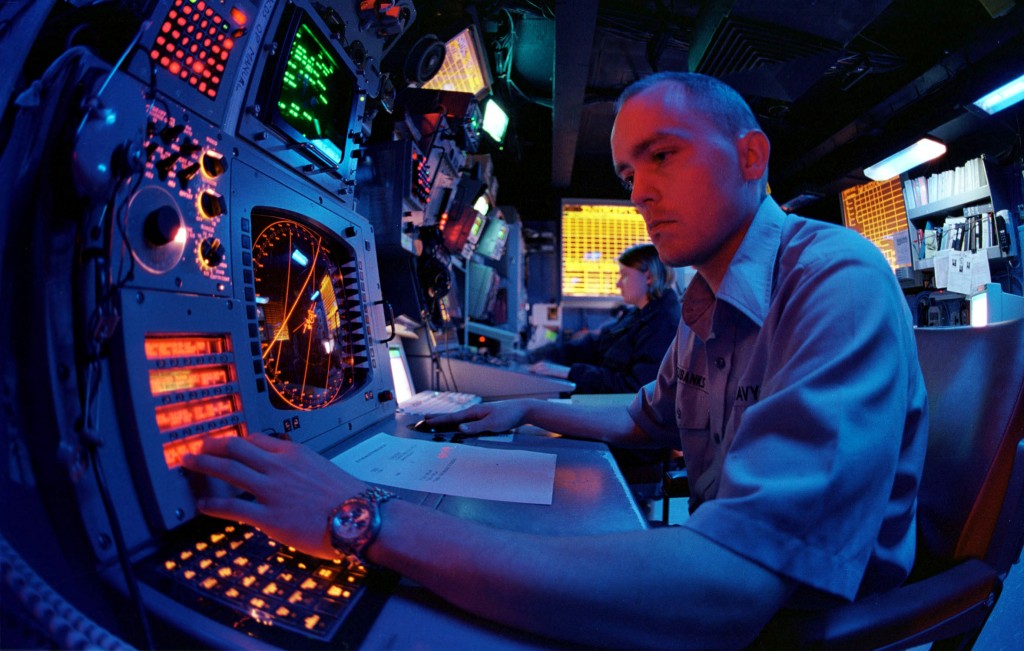By COLIN CLARK
A Navy electronic warfare technician. Most U.S. EW has been performed by Navy since mid-1990s.
PENTAGON: The Air Force is looking across the enterprise to build a comprehensive map of all electronic warfare capabilities for the second stage of its landmark service-wide probe of how to bolster the Air Force’s EW and cyber warfare capabilities.
Gen. Paul Selva, vice chairman of the Joint Chiefs of Staff, has already been briefed on the high-level study. Brig. Gen. David Gaedecke, director of cyberspace operations and warfighter communications for the deputy Chief of Staff for intelligence, surveillance, reconnaissance and cyber effects operations, told me in his first interview about the EW Enterprise Capability Collaboration Team’s results.
What is an ECCT? Well, something called the Strategic Development Planning Experimentation unit at Wright-Patterson Air Force Base looks for gaps in the service’s capabilities. Once a gap is found, the service creates an Enterprise Capability Collaboration Team (ECCT) to examine the best ways to fill it. The EW ECCT was stood up in 2017. While most of what it did is classified, we know that cyber, which had been deemed outside its purview at the beginning, was a solid part of its work.
In fact, the ECCT morphed from a look at electronic warfare to a conceptually broader analysis of the Electromagnetic Spectrum, Gaedecke noted.

The Air Force retired its last dedicated electronic warfare aircraft, the EF-111A Raven, in 1998.
While it’s hard to tell how much this assessment drove the ECCT, it’s certainly worth remembering that the Pentagon’s former research and engineering head, Alan Shaffer, said five years ago that: “We have lost the electromagnetic spectrum. That’s a huge deal when you think about fielding advanced systems that can be [countered] by a very, very cheap digital jammer.”
Of course, we’ve also heard stories from Ukraine and Syria about Russia’s extensive electronic warfare capabilities. And the National Defense Strategy focused on high-end, peer-to-peer warfare, Gaedecke said, moving US forces away from operating forces in “permissive environments” like Iraq and Afghanistan where US forces generally don’t have to worry about being jammed or scrambled. The Air Force has been playing EW catch-up with the Navy for decades, ever since it retired its F-111s in 1995 and left most of America’s airborne electronic warfare to the Navy’s EA-6Bs and E/F-18Gs. Air Force expertise didn’t completely disappear, since the 390th Electronic Combat Squadron deployed electronic warfare officers (EWOs) to Whidbey Island, where for years they trained and flew in Navy Prowlers. Now they fly Navy F-18Gs. The first Air Force pilot to fly a Growler was qualified two years ago.
The Air Force, Navy and Marines now have, by all accounts, an excellent EW and cyber capability in the F-35 but we don’t know much about it, beyond the fact that people seem to like to use the term “eye-watering” to describe them. The general said very little about the F-35. BAE Systems builds the F-35’s dedicated EW systembut the aircraft’s AESA radar is also a powerful cyber and EW tool, I understand, though it’s almost never discussed.
Brig. Gen. David Gaedecke
 Gaedecke made clear that platforms and EW pods were not the focus of his work. “People expected me to find a materiel solution. You should buy this. You should invest in that.” but he and his team combed through “decades” of earlier EW studies looking for lessons from the era when the Air Force was undisputed master of EMS.
Gaedecke made clear that platforms and EW pods were not the focus of his work. “People expected me to find a materiel solution. You should buy this. You should invest in that.” but he and his team combed through “decades” of earlier EW studies looking for lessons from the era when the Air Force was undisputed master of EMS.
One of the reasons for the absence of such expertise? The retirement of the EF-111 in 1998. “When we lost that platform we lost a lot of that culture and that knowledge,” he conceded. I pressed the general repteadly about whether he believed the service would need new specialists to wage modern electronic warfare, especially given how cyber and EW overlap. He said no, in several different ways.
As part of the ECCT, Gaedecke met with a number of defense companies but I got no love when I asked for details” “We have absolutely phenomenal technology across our industry.”
One note on the EW roadmap that’s coming next. It won’t, initially, include cyber effects, the general said. Overall, he said he doesn’t “believe one has primacy over the other.” And, of course, cloud computing will play a huge role in all things EMS, from a threat database to other, more esoteric, uses. But that’s all classified, as was almost all of the ECCT’s work.

No comments:
Post a Comment